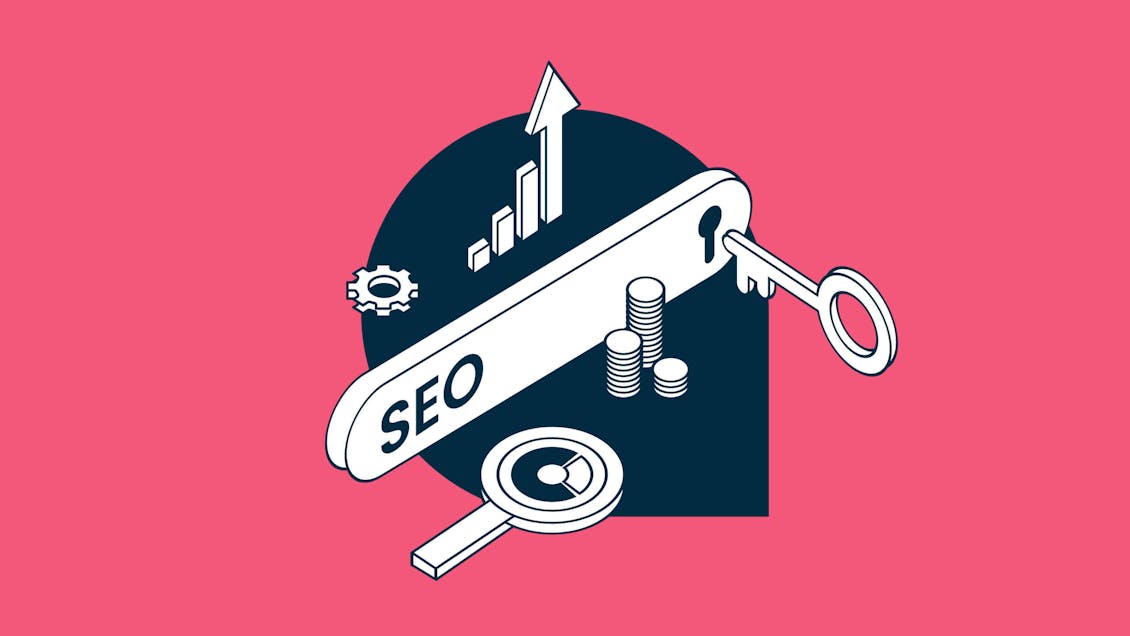3 Critical SEO Tips to Get Your Site Redesign Right

So you decided that your outdated site needed an overhaul, and hired a professional company to research, design, and build you a killer new site. Your new site has an awesome user experience and some great content, but for some reason your number of visitors has plummeted. You ask yourself, What happened? My new site was supposed to increase my visitors, not decrease them.
What likely happened is that you confused the search engines by changing all your URLs, content, site structure, and infrastructure. Your search ranking decreased dramatically and keywords that used to return your site at the top of the list no longer return your site at all.
If you are revamping an existing site — especially one with a long history and solid search rankings — you absolutely must consider how your site redesign will affect SEO.
Here are some key points to keep in mind so your redesign can reach it’s full potential of increasing visitors and achieving your business objectives.
Make a Plan for Page URLs
Search engines link directly to pages on your site. If your site redesign has all new URLs, the search engines won’t find the old pages and your ranking will suffer. The URLs on your old site should either point to your new pages or have redirects in place to point to your new url.
You’ll need to generate a list of all the URLs on your site and figure out how you’ll handle them after your redesign. You can get this list from Google Analytics, Google Webmaster Tools, and your web server (e.g., Apache, Nginx, IIS) access logs. Your analytics will help you rank these URLs in order of importance for SEO.
The best thing to do would be to reuse these old URLs in your new site. If that’s not possible (which is often the case), you’ll need to create 301 redirects from the old URL to the new matching URL with the same or similar content. You’ll still see a drop in ranking, but it will bounce back after a few weeks. Whatever you do, make sure that not a single URL of your new site returns a 404 Page Not Found.
As for new URLs, make sure all of them are added in a sitemap.xml and submit it to the major search engines. This will help search engines see your new pages faster. You should also ask Google to crawl both your new and old URLs by submitting the URLs in Google Webmaster Tools. Using this method can result in your pages getting indexed and displaying in the search results within minutes rather than having to wait for days or weeks.
Check Your Performance
Search engines will punish you if your new site is slow. Make sure your site loads completely in under two seconds. That includes the initial page request, plus any additional requests for JS, CSS, and images. Make use of tools such as Google PageSpeed and YSlow for pointers on what to improve.
This will need to be done both on your backend for speeding up the initial page response time and on your front-end. On the back-end, you might need to make use of page caching using tools such as Memcache, Sphinx, or SOLR, tweak your database config, and/or optimize your application server’s config. Tools like New Relic make it much easier to pinpoint which part of your backend is causing the slowness. On the front-end, you’ll need to do things such as minify your js/css, combine them, version them, host static content on a CDN such as CloudFront or Akamai.
Go Mobile
According to Google, more searches take place on mobile devices than on desktop computers in the US. And earlier this year, they updated their algorithm to penalize sites without mobile compatibility. If you’re redesigning your site, make sure the new design is optimized for mobile devices.
It’s very likely your old site wasn’t mobile-friendly and you were not showing up in mobile search results as high as you could be. This is the perfect time to go mobile and benefit from the ranking boost — as well as an enhanced user experience.



